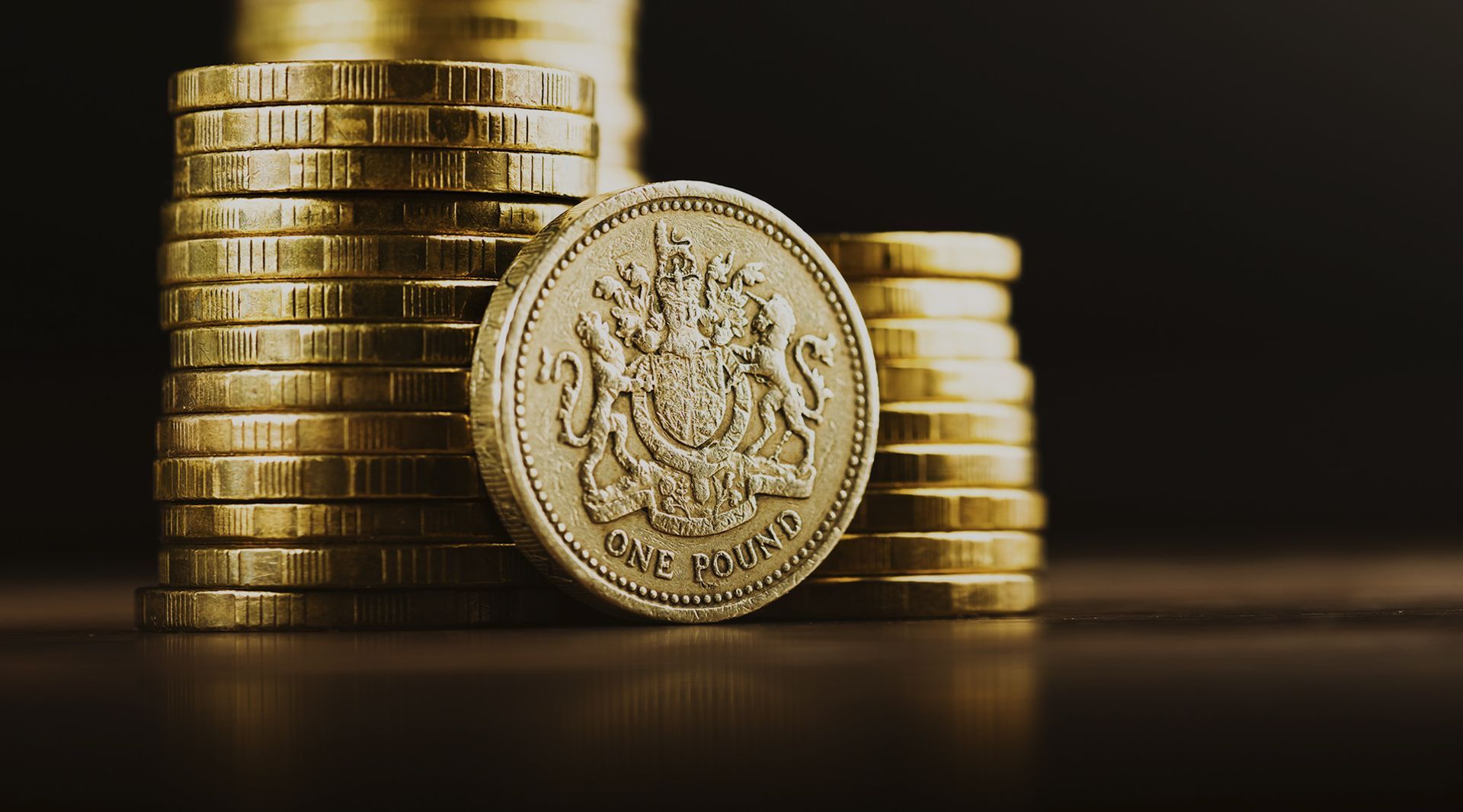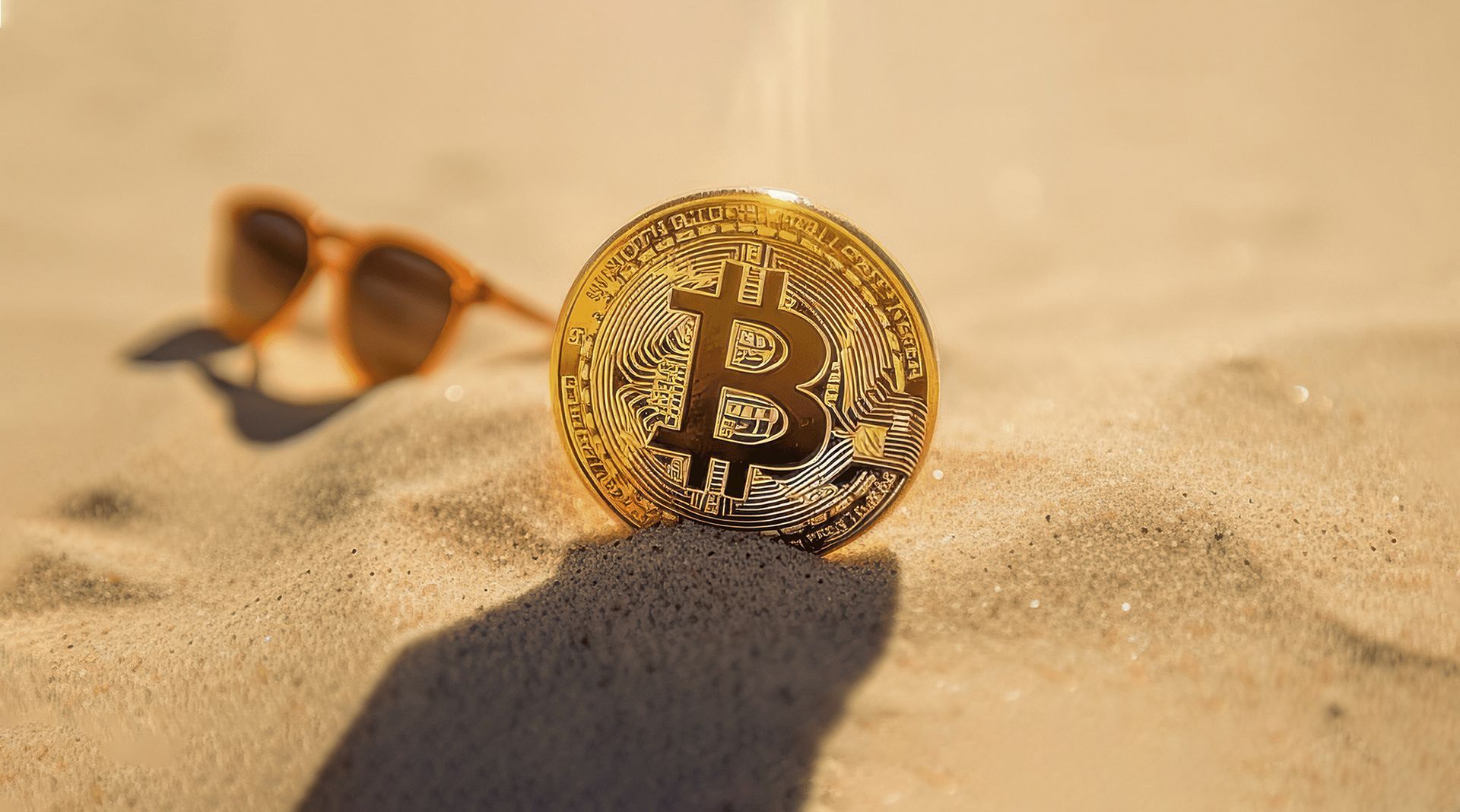Unveiling the Fascinating World of Unusual Currencies
In our globalised world, currencies are the lifeblood of international trade and economic transactions. While most of us are familiar with traditional currencies like the US dollar, Euro, or British pound, there exists a fascinating realm of unusual currencies that will leave you intrigued and amazed. These unique forms of money, often tied to specific regions or cultural traditions, offer a captivating glimpse into the diverse ways societies have valued and exchanged goods throughout history. Join us as we embark on a journey to explore some of the most extraordinary currencies from around the world.
1. Rai Stones of Yap:
Imagine a currency so massive that it cannot be physically moved or carried. Welcome to the island of Yap in Micronesia, where the Rai stones serve as a form of currency. These enormous limestone discs, some weighing several tons, are considered valuable and used for important transactions. Although they are rarely physically exchanged, the ownership of a particular stone is widely recognised and acknowledged within the community.
2. Cowrie Shells:
For centuries, cowrie shells have played a significant role as currency in various parts of Africa, Asia, and the Pacific Islands. These small, shiny shells were highly prized for their beauty and rarity. Cowrie shells were widely accepted as a medium of exchange and held great cultural and economic value in many societies. Even today, they remain a symbol of wealth and are often used in traditional ceremonies and decorations.
3. Stone Money of the Island of Yap:
Similar to the Rai stones of Yap, the stone money of the Island of Yap in Micronesia holds a unique place in the realm of currencies. These massive limestone disks, carved into various shapes and sizes, are considered a symbol of wealth and used for significant transactions such as land purchases or dowries. The intriguing aspect is that their value is not determined by their physical size or weight but rather by their history and the effort required to obtain them.
4. WIR Franc:
In Switzerland, amidst the well-known Swiss franc, there exists an unconventional currency called the WIR franc. Introduced during the Great Depression in the 1930s, the WIR franc is used in a parallel economic system where businesses can trade with one another using this alternative currency. The WIR system aims to stimulate local trade and provide relief during difficult economic times.
5. Bitcoin and Cryptocurrencies:
While not physical in nature, cryptocurrencies like Bitcoin have revolutionised the concept of money. Operating on decentralised blockchain technology, these digital currencies provide an alternative to traditional fiat currencies. Bitcoin gained widespread attention for its decentralised and secure nature, challenging conventional financial systems.
Conclusion..
Unusual currencies showcase the rich tapestry of human creativity and the diverse ways in which societies have conceptualised and exchanged value. From massive stone discs to intricate shells and innovative digital currencies, each of these unconventional forms of money reflects the unique cultural, historical, and economic dynamics of its respective region. Exploring these fascinating currencies not only expands our understanding of monetary systems but also highlights the beauty and diversity of our world's cultures. So, the next time you encounter an unusual currency, remember the centuries of history and tradition it represents, and marvel at the creativity that fuels our global exchange of value.
"This is NOT ADVICE! This is only thoughts and commentary to stimulate your own thoughts and checks. You must consult with relevant experts as per your own needs and circumstances"















